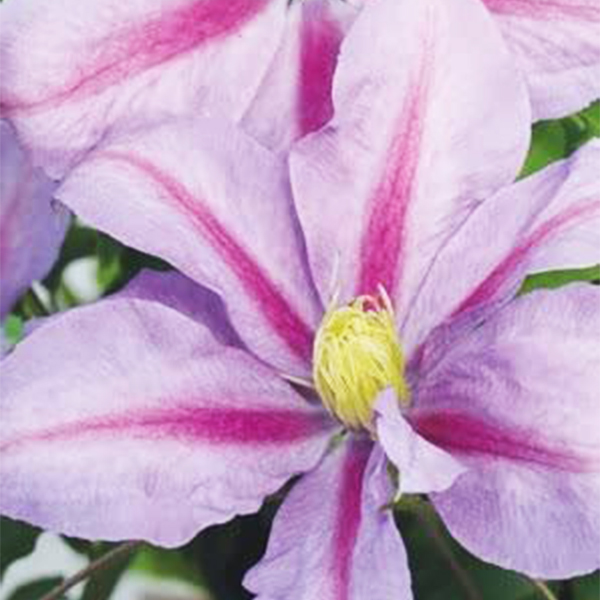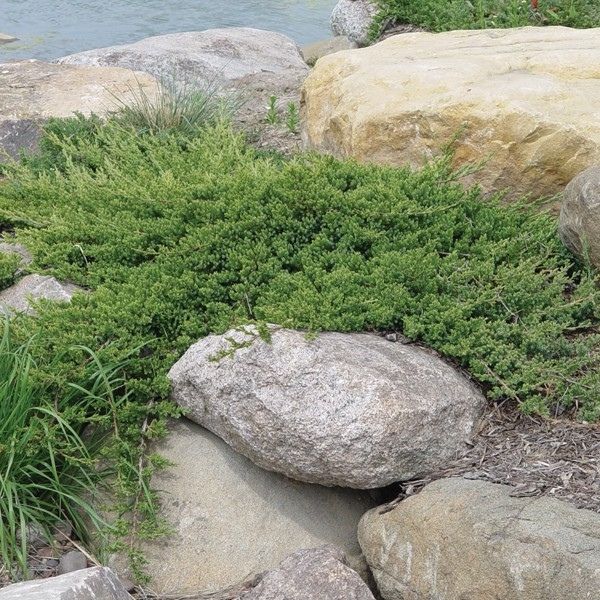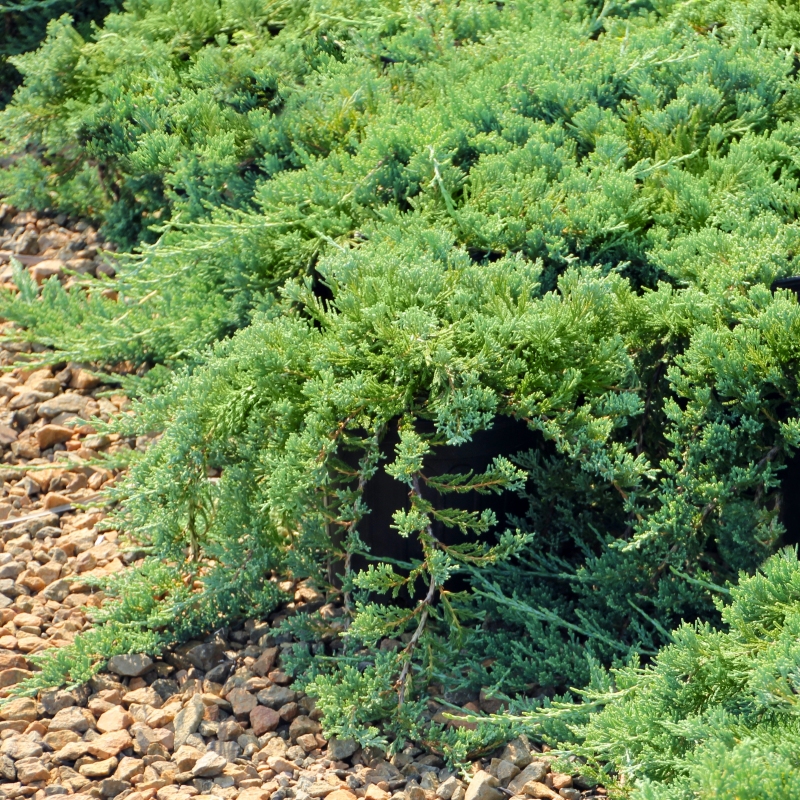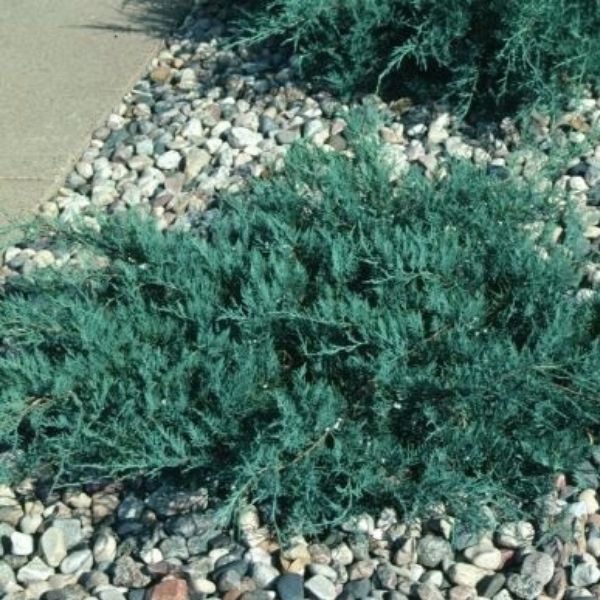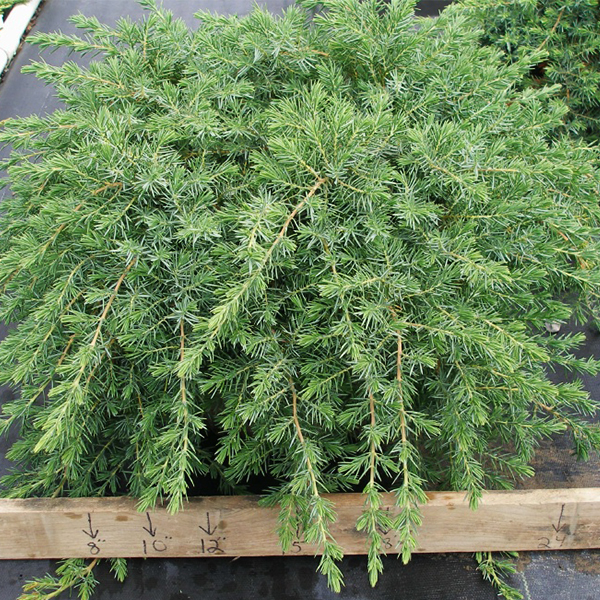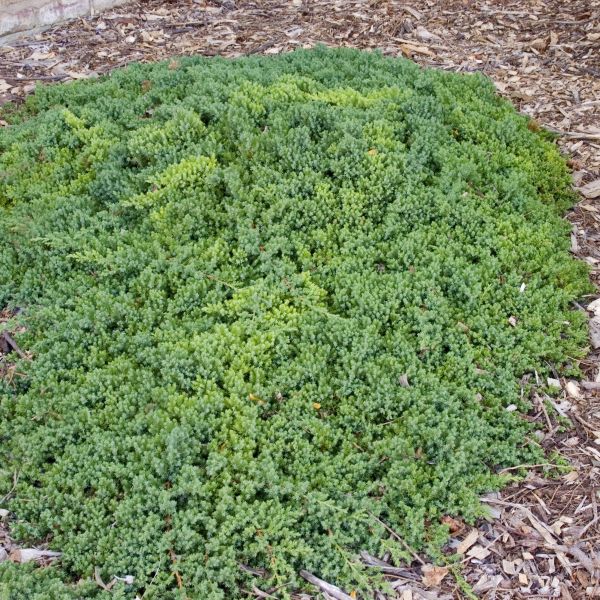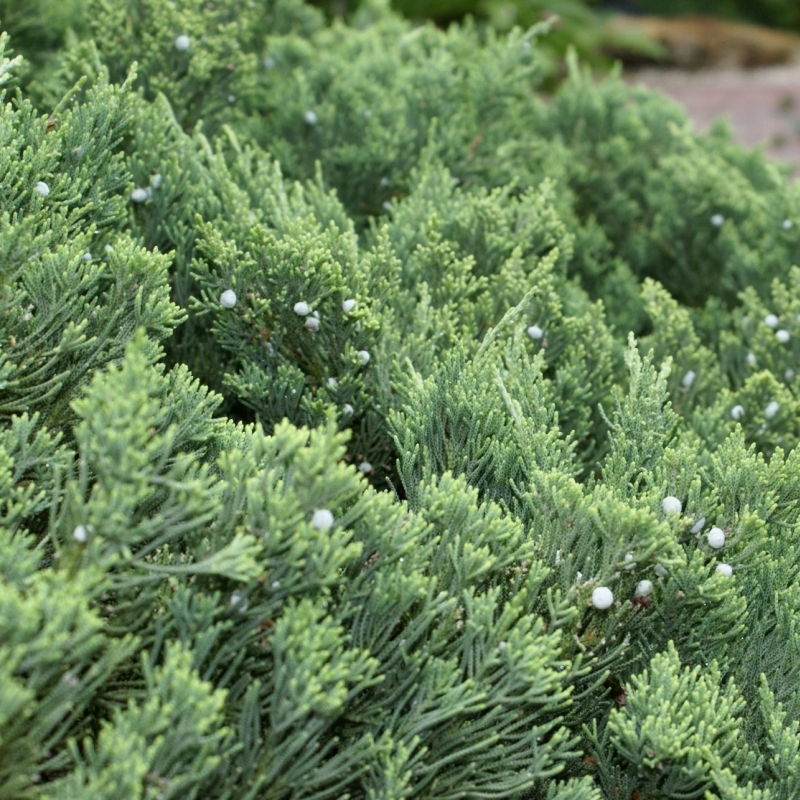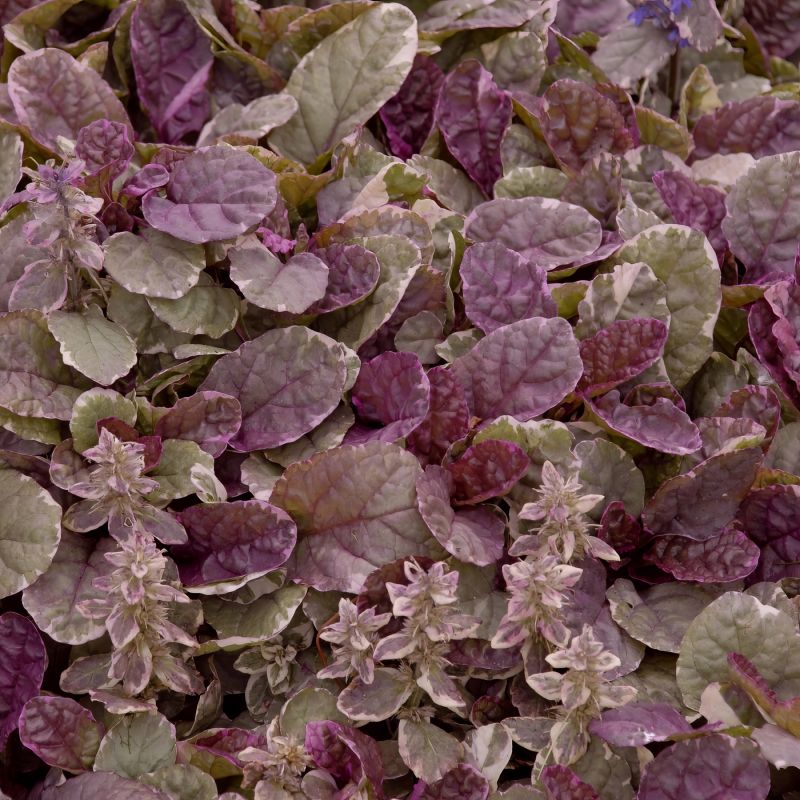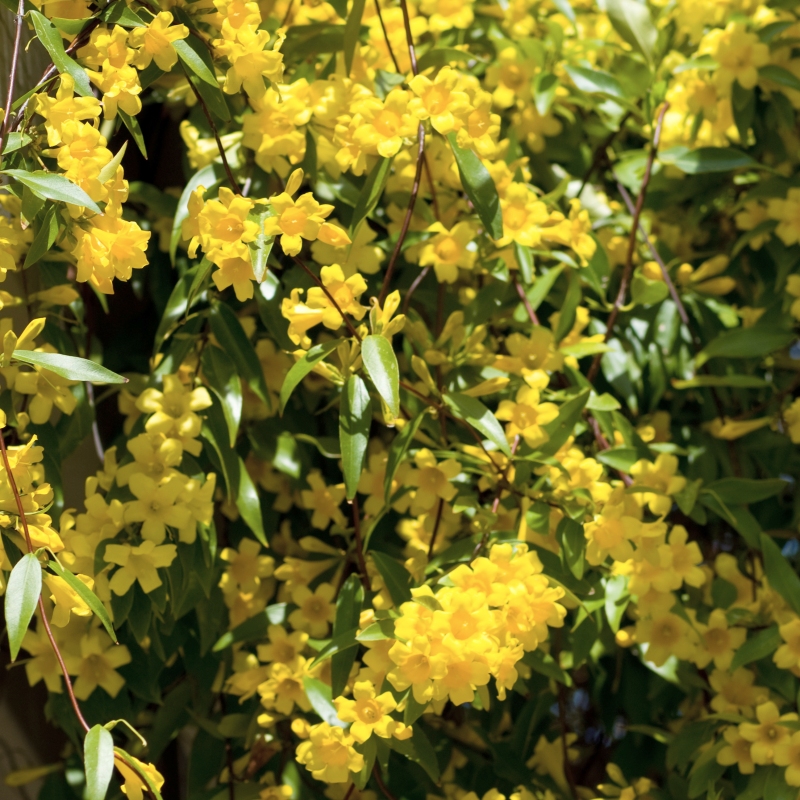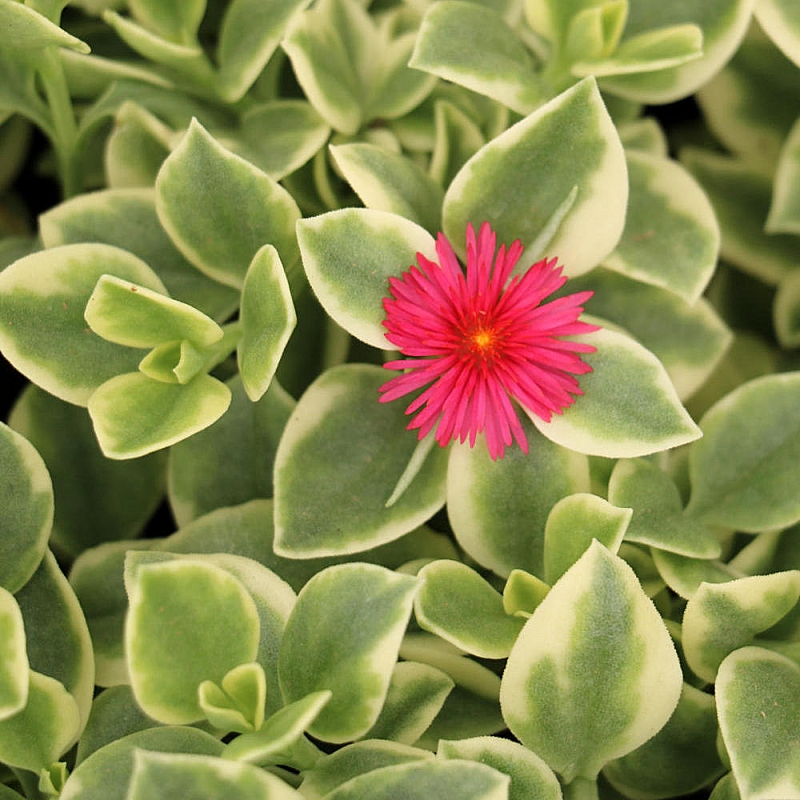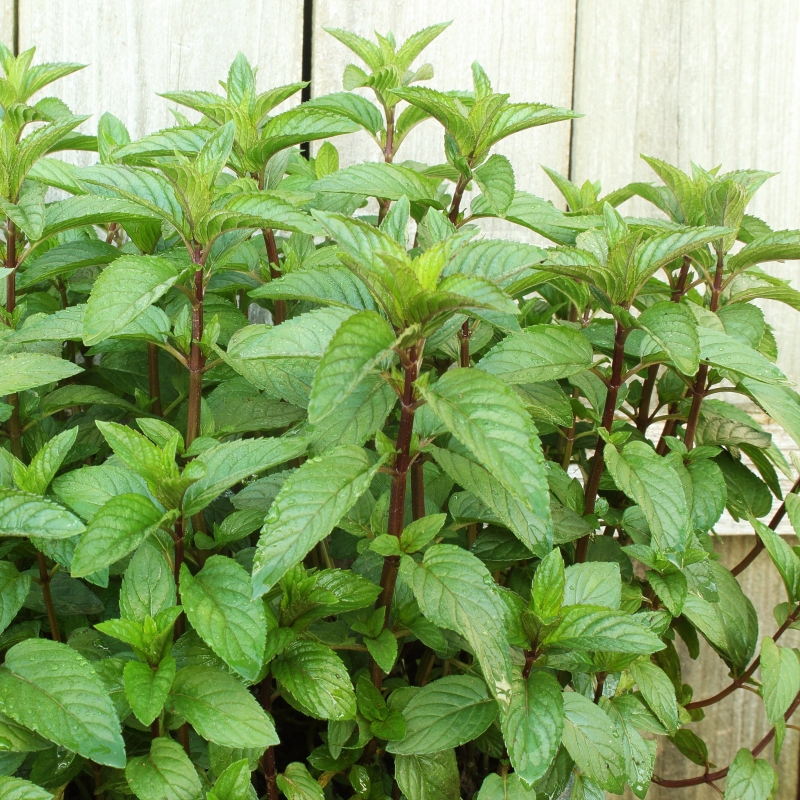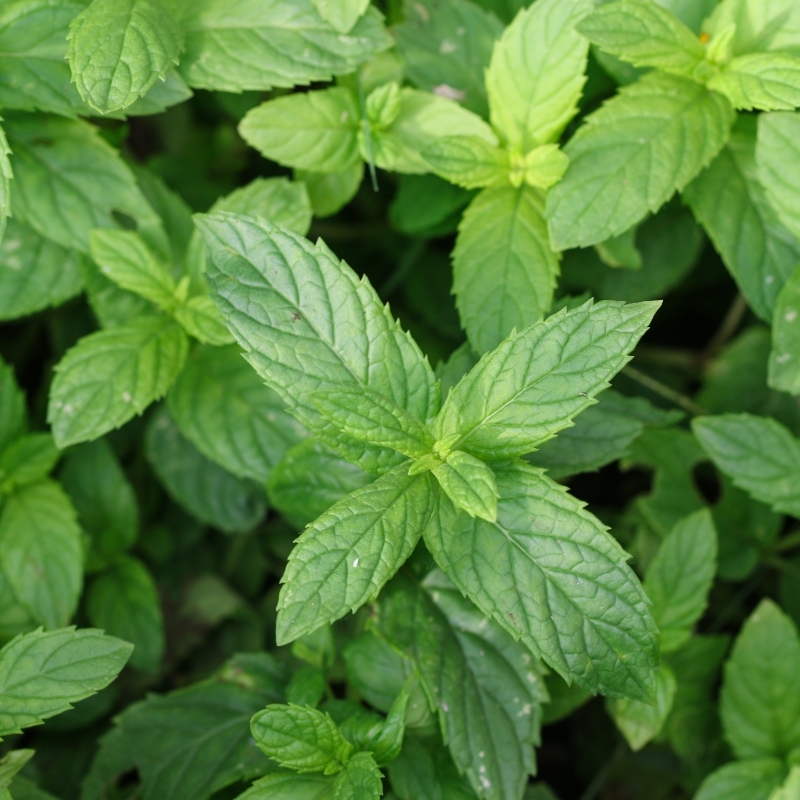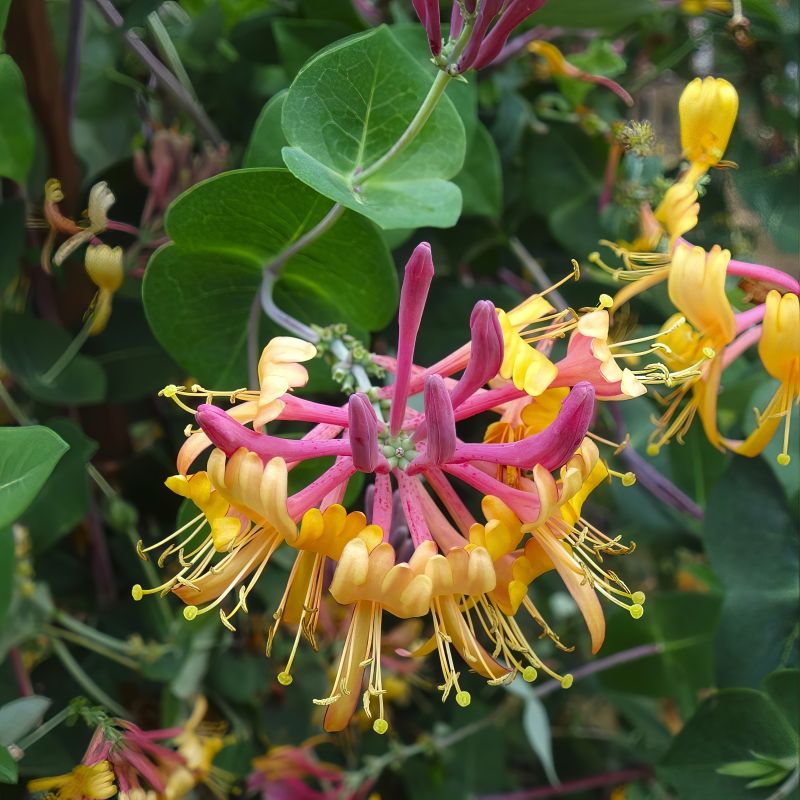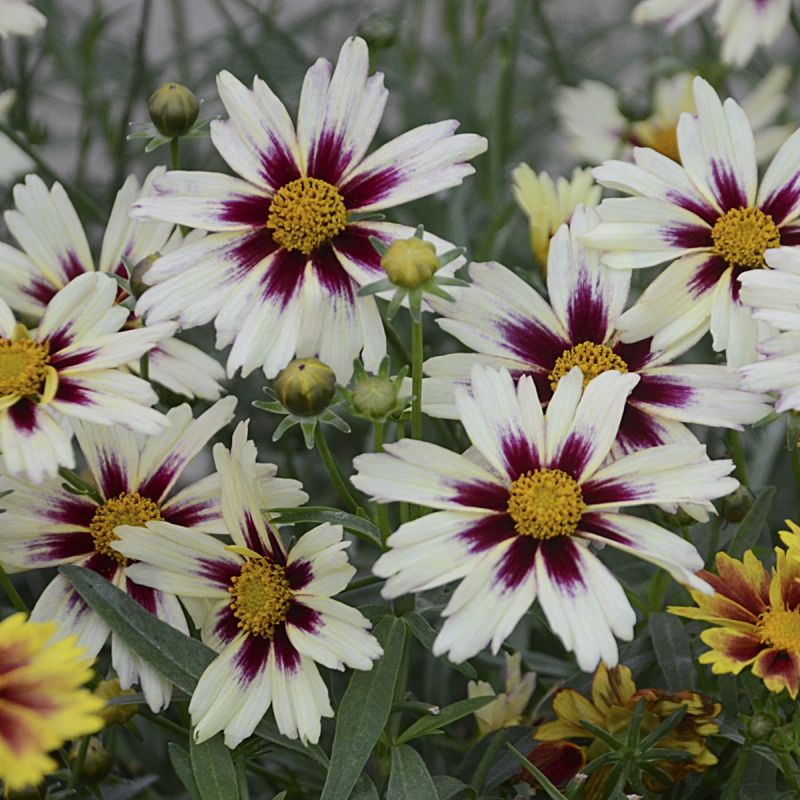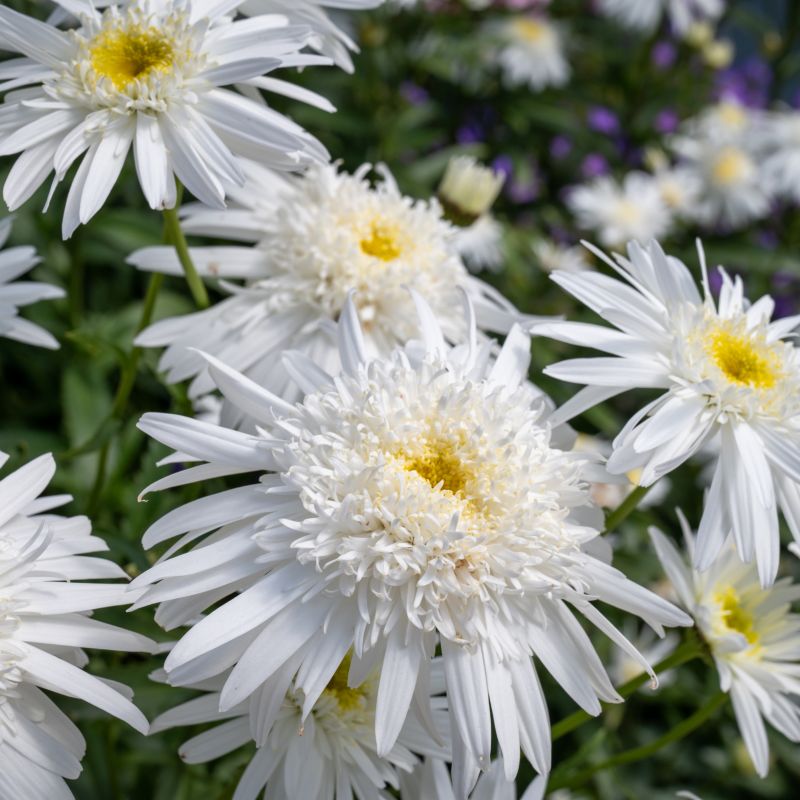

Boulevard Volunteer Clematis
Clematis 'Evipo080'
18 reviews


Boulevard Volunteer Clematis
Clematis 'Evipo080'
18 reviews
$0.00
$0.00
30% Off
1 Gallon
We are sorry, product is currently out of stock due to seasonal availability. Please check the "Related plants available in your area" section below
Why Boulevard Volunteer Clematis?
Boulevard Volunteer Clematis (Clematis 'Evipo080') is a stunning flowering vine renowned for its prolific blooms and compact size. With its showy, violet-blue flowers and attractive, glossy foliage, this variety adds a touch of elegance to any garden or landscape. Its low maintenance requirements and ability to thrive in various soil types make it a popular choice for both novice and experienced gardeners.
Related plants available in your area
Sunlight
The Boulevard Volunteer Clematis requires full sunlight, meaning it needs at least 6-8 hours of direct sunlight per day to thrive and produce healthy blooms.
Watering
Boulevard Volunteer Clematis plants generally require regular watering to keep the soil consistently moist, particularly during hot and dry periods. Adequate watering helps promote healthy growth and flowering.
Fertilizing
The fertilizer requirement for Boulevard Volunteer Clematis is high. It benefits from regular feeding with a balanced fertilizer, such as a slow-release fertilizer or a liquid fertilizer applied every two to three weeks during the growing season.
Boulevard Volunteer Clematis (Clematis 'Evipo080')
Description
The Boulevard Volunteer Clematis, also known as Clematis 'Evipo080', is a stunning flowering vine that belongs to the Ranunculaceae family. This variety is highly revered for its vibrant and eye-catching flowers, making it an excellent addition to any garden or landscape.
The plant features large, showy flowers with rich purple-blue petals that gracefully curve backward, creating an elegant shape. Each blossom measures around 4-6 inches in diameter, and they bloom prolifically from early summer to early autumn.
Features
- Vigorous Growth: The Boulevard Volunteer Clematis is a vigorous grower that can reach a height of 8-12 feet with a spread of 3-4 feet. It forms a dense and lush foliage, providing privacy or serving as a beautiful focal point in the garden.
- Easy to Grow: This cultivar is quite easy to grow and maintain, making it suitable for both experienced gardeners and beginners. It thrives in full sun to partial shade and prefers moist, well-draining soil.
- Attracts Pollinators: The vibrant flowers of the Boulevard Volunteer Clematis act as a magnet for pollinators, including butterflies and bees. It not only adds beauty to your garden but also supports local ecosystems by providing a food source for these beneficial insects.
- Versatile Use: Due to its vertical growth habit, the Boulevard Volunteer Clematis can be trained to climb trellises, fences, arbors, or walls. It can also be grown in containers, allowing you to bring its stunning display to patios, balconies, or other small spaces.
- Long Blooming Period: With its abundant flowering and extended blooming period, this clematis variety ensures that your garden remains filled with color for an extended period. It can be an enchanting focal point or a beautiful backdrop for other plants.
Care Instructions
To ensure optimal growth and flowering, follow these care instructions:
- Planting: Choose a location with well-draining soil and place the plant in a hole twice as wide and as deep as the root ball. Backfill the hole and water thoroughly to settle the soil.
- Watering: Keep the soil consistently moist but not waterlogged. Provide regular watering, especially during dry periods.
- Pruning: Prune the plant in early spring, before new growth begins, by removing dead or damaged stems. This helps promote better air circulation and encourages new growth.
- Fertilizing: Apply a balanced slow-release fertilizer in early spring to promote healthy growth. Additionally, you can use a liquid fertilizer during the growing season to support flower production.
- Winter Care: Provide protection to the roots during winter by applying a layer of mulch around the base of the plant. This insulates the roots from extreme temperatures.
Elevate the beauty of your garden with the exquisite Boulevard Volunteer Clematis. Its captivating flowers, vigorous growth, and ease of cultivation make it a delightful choice for both novice and experienced gardeners.
Plant Information:
| Botanical Name: | Clematis 'Evipo080' |
| USDA Zones: | 4-9 |
| Water: | Medium |
| Exposure: | Full Sun |
| Soil Needs: | Well Drained |
| Mature Height: | 3 - 4 feet |
| Mature Spread: | 3 feet |







Pollination Info
Pollination Information for Boulevard Volunteer Clematis (Clematis 'Evipo080')
Clematis 'Evipo080', commonly known as Boulevard Volunteer Clematis, is a flowering vine that belongs to the Ranunculaceae family. The plant produces beautiful and showy flowers, making it a popular choice for gardens and landscapes.
Pollination
Clematis plants are pollinated by various insects, primarily bees and butterflies. The flowers of the Boulevard Volunteer Clematis have nectar-rich structures that attract these pollinators.
Flower Structure
The flowers of Clematis 'Evipo080' are large and colorful, typically measuring 4-5 inches in diameter. They have multiple sepals that resemble petals, which come in various colors ranging from purple, pink, and red to white. The flowers have a noticeable sweet fragrance, further attracting pollinators.
Pollen Production
Clematis plants, including Boulevard Volunteer Clematis, produce pollen in their anthers. The anthers are located at the center of the flower, surrounded by the female reproductive part called the pistil. The pollen grains contain the male gametes.
Pollinator Attraction
The vibrant colors, scent, and nectar production of the flowers are all adaptations to attract pollinators. Bees and butterflies are particularly attracted to the Boulevard Volunteer Clematis due to its large flowers and nectar availability.
Pollination Process
When a pollinator, such as a bee or butterfly, visits a Boulevard Volunteer Clematis flower in search of nectar, it brushes against the anthers and collects pollen on its body or legs. As the pollinator moves to the next flower, some of the pollen grains may be deposited onto the receptive female part of the flower, known as the stigma. This transfer of pollen enables fertilization and subsequent seed production.
Seed Development
After successful pollination, the seeds of the Boulevard Volunteer Clematis begin to develop within the flower. The flower petals often wither and fall off, leaving behind the swollen ovary that will eventually develop into a seed pod. The mature seeds are dispersed by wind or animals, contributing to the plant's reproductive cycle.
Importance of Pollination
Pollination is crucial for the reproduction and survival of Boulevard Volunteer Clematis, as it enables the production of viable seeds. These seeds can then germinate and grow into new plants, ensuring the continued existence of the species.
Conclusion
Clematis 'Evipo080' or Boulevard Volunteer Clematis relies on insects like bees and butterflies for pollination. The attractive flowers, rich in nectar and pollen, serve as a valuable resource for pollinators while ensuring the production of seeds necessary for the plant's reproduction.
FAQ
Frequently Asked Questions for Boulevard Volunteer Clematis (Clematis 'Evipo080')
1. What is Boulevard Volunteer Clematis?
Boulevard Volunteer Clematis, also known by its botanical name Clematis 'Evipo080', is a cultivar of clematis, which is a flowering vine plant. It belongs to the Boulevard series of clematis and is known for its vigorous growth and beautiful blossoms.
2. How does Boulevard Volunteer Clematis grow?
Boulevard Volunteer Clematis is a climbing vine that can reach a height of 6 to 8 feet. It thrives in well-drained soil and prefers partial shade to full sunlight. It can be trained to climb trellises, fences, or other support structures.
3. When does Boulevard Volunteer Clematis bloom?
Boulevard Volunteer Clematis typically blooms in late spring or early summer, producing an abundance of gorgeous, violet-blue flowers. The blooming period usually lasts for several weeks, offering a stunning display of color in the garden.
4. How do I care for Boulevard Volunteer Clematis?
To care for Boulevard Volunteer Clematis, ensure it receives adequate water, especially during dry periods. Applying a layer of mulch around the base of the plant helps retain moisture and prevent weed growth. Prune the plant in late winter or early spring to encourage new growth and maintain its shape. Provide support for the vine to climb, and consider fertilizing it once or twice a year.
5. Can Boulevard Volunteer Clematis be grown in containers?
Yes, Boulevard Volunteer Clematis can be grown in containers. Ensure the container is large enough to accommodate the plant's root system and provide a trellis or other support for the vine to climb. Use a well-draining potting mix and water the plant regularly to keep the soil moist. However, note that container-grown clematis may have slightly different care requirements than those planted in the ground.
6. Is Boulevard Volunteer Clematis deer-resistant?
Boulevard Volunteer Clematis is not considered deer-resistant. Deer may browse on the leaves, flowers, or new growth of the plant, especially if food sources are scarce. To protect your clematis from deer, you can use deer repellents or install physical barriers, such as fences or netting.
7. Can Boulevard Volunteer Clematis be propagated?
Yes, Boulevard Volunteer Clematis can be propagated through various methods, including stem cuttings and layering. Stem cuttings involve taking a 4- to 6-inch section of a healthy stem with several leaves, removing the lower leaves, and planting it in a rooting medium. Layering involves bending a low-growing stem to ground level, making a small wound on the stem, covering it with soil, and allowing it to develop roots before detaching it from the parent plant.
8. Are there any pests or diseases that affect Boulevard Volunteer Clematis?
Boulevard Volunteer Clematis can be susceptible to certain pests and diseases. Aphids, slugs, and snails are common pests that may infest the plant. Diseases such as powdery mildew or wilt caused by fungal infections can also affect its health. Regularly inspecting the plant, providing good air circulation, and maintaining proper hygiene can help prevent and manage these issues.
9. Can Boulevard Volunteer Clematis be pruned?
Yes, pruning Boulevard Volunteer Clematis is recommended. Pruning helps maintain the plant's shape, control its size, and promote new growth and blooming. It is generally done in late winter or early spring before new growth begins. Prune back any dead or weak stems and cut remaining healthy stems to a desirable height, leaving at least two sets of healthy buds on each stem.
10. How often does Boulevard Volunteer Clematis need to be fertilized?
Boulevard Volunteer Clematis benefits from fertilization once or twice a year. Apply a balanced, slow-release fertilizer in early spring when new growth is starting, and another application after the first bloom period. Follow the manufacturer's instructions for the correct dosage and application method, as excessive fertilization can harm the plant.
Planting & Care
Planting & Care for Boulevard Volunteer Clematis (Clematis 'Evipo080')
The Boulevard Volunteer Clematis, scientifically known as Clematis 'Evipo080', is a beautiful flowering vine that adds color and elegance to any garden or landscape. Here are some detailed instructions for planting and caring for this plant:
Planting:
- Choose a suitable location: Find a spot in your garden that receives at least 6 hours of sunlight per day. Clematis generally prefer full sun to thrive.
- Soil preparation: Ensure that the soil is well-draining, fertile, and rich in organic matter. Amend it with compost or well-rotted manure before planting.
- Digging the hole: Dig a hole that is twice as wide and deep as the root ball of the plant.
- Planting depth: Place the plant in the hole, ensuring that the crown (the point where the stem meets the root) is positioned about 2 inches below the soil surface.
- Backfilling: Backfill the hole with soil, gently firming it around the plant's roots.
- Watering: Water the newly planted clematis thoroughly to settle the soil around the roots.
Care:
- Watering: Keep the soil evenly moist but not waterlogged. Provide regular watering, especially during dry spells or hot summer months. Generally, a deep watering once a week is sufficient.
- Fertilization: Feed the clematis with a balanced slow-release fertilizer in early spring when new growth emerges. Follow the package instructions for proper application.
- Support: As the clematis grows, it will require a support structure to climb on. Install a trellis, fence, or other vertical structure near the plant to support its growth.
- Pruning: Regular pruning helps maintain the health and shape of the clematis. Prune in late winter or early spring before new growth starts. Remove any dead or damaged stems and cut back the remaining stems to about 12-18 inches above the soil level.
- Mulching: Apply a layer of organic mulch around the base of the plant to retain moisture, suppress weeds, and regulate soil temperature.
- Pest and disease control: Monitor the plant regularly for any signs of pests or diseases. Common issues include aphids, spider mites, and powdery mildew. Treat the problems promptly using appropriate organic or chemical controls.
Following these planting and care instructions will help ensure that your Boulevard Volunteer Clematis thrives and produces an abundance of stunning flowers year after year. Enjoy the beauty this plant brings to your garden!
Check Out These Verified Customer Reviews:
Customer Reviews
4.7 out of 5 based on 18 reviews
Thank you! Your review has been submitted.
Website was easy to navigate, found exactly what I was looking for. Great selection!
Healthy and well-packaged plants
Will definitely buy again
Item has been added to your cart.



